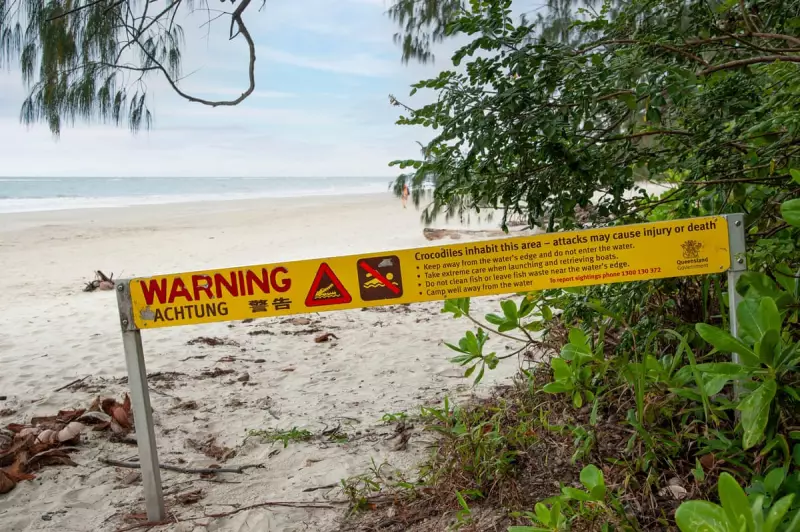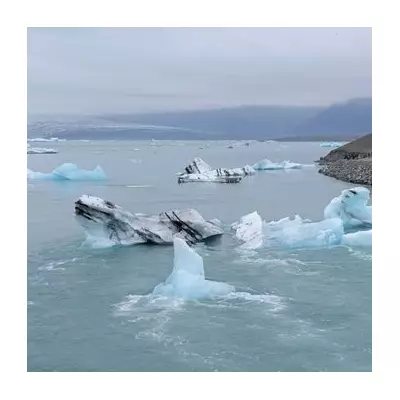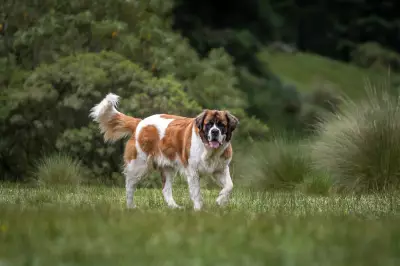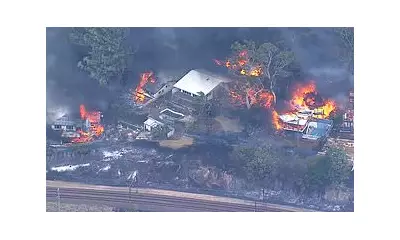
A relaxing fishing trip turned into a nightmare for a teenage boy when he was attacked by a saltwater crocodile at Myall Beach in Queensland's north. The incident has prompted urgent warnings from authorities about the increasing presence of these prehistoric predators in popular coastal areas.
The Terrifying Ordeal
The attack occurred on Sunday evening as the teenager was fishing in the shallow waters off the beach, located near the Daintree River - known crocodile territory. Witnesses reported hearing screams as the reptile, estimated to be between two and three metres long, lunged from the water and clamped onto the boy's leg.
Emergency services rushed to the scene following multiple distress calls from horrified onlookers. Paramedics treated the victim at the beach before transporting him to Mossman Hospital with significant leg injuries.
Ongoing Recovery and Investigation
Queensland Ambulance Service confirmed the teenager remains in a stable condition in hospital, receiving treatment for lacerations and puncture wounds. Meanwhile, the Department of Environment and Science has launched an investigation into the attack and is searching for the crocodile involved.
"This serves as a stark reminder that crocodiles can be present in any water body in northern Queensland," a department spokesperson warned. "We urge people to be croc-wise, especially when fishing or swimming in known crocodile habitats."
Growing Safety Concerns
Local residents have expressed growing concern about crocodile sightings in areas frequented by tourists and families. Myall Beach sits within the Douglas Shire region, where warning signs about crocodiles are prominently displayed, yet many visitors underestimate the risk.
The incident marks another in a series of recent crocodile encounters in Queensland, raising questions about whether current management strategies are sufficient to protect both humans and wildlife as habitats increasingly overlap.





